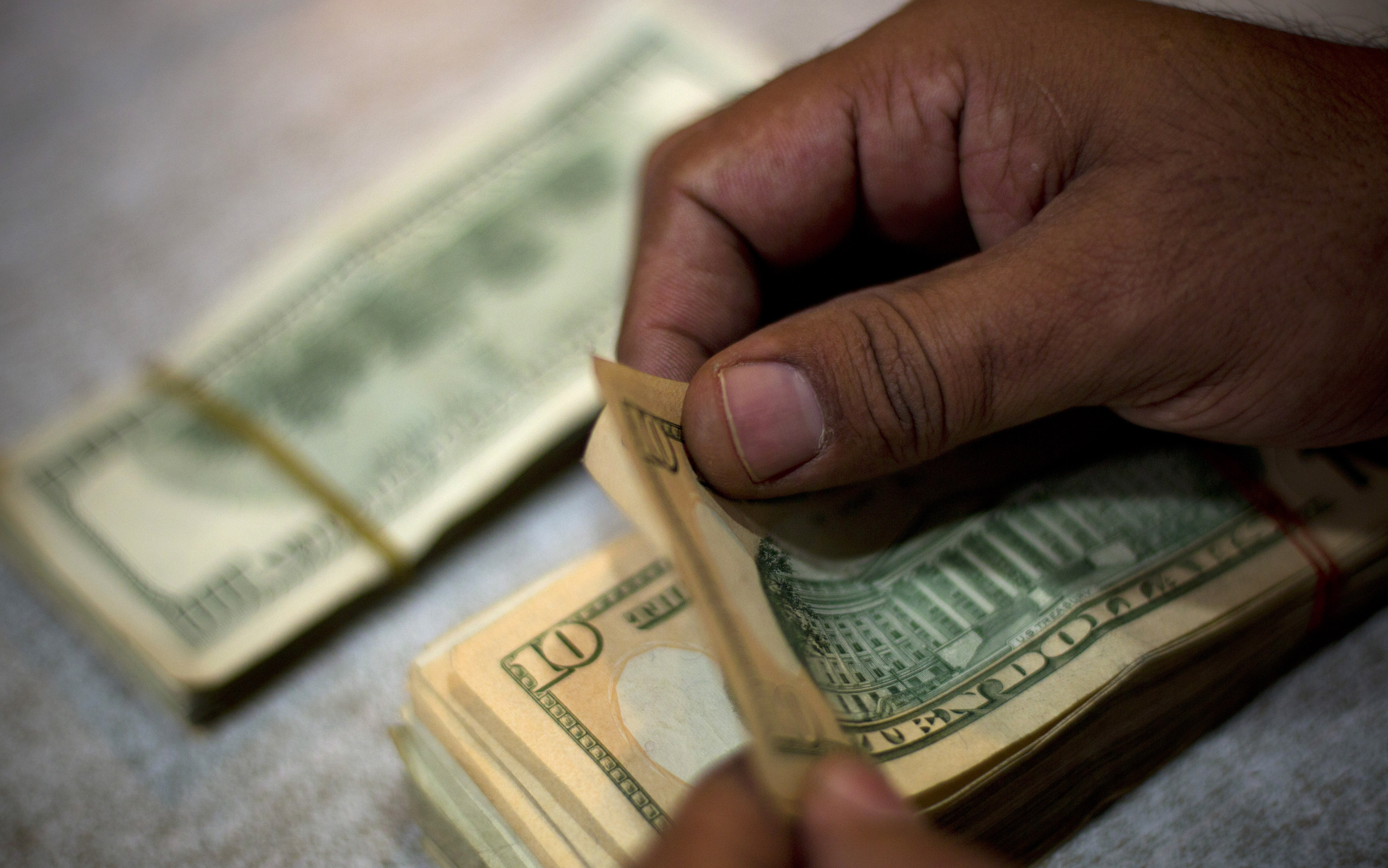I’m balancing the federal budget this week. Last column, we looked at how save billions of dollars a year by reforming the Pentagon, Social Security and Medicaid. Next on the chopping block: the war on drugs.
Videos by Rare
While the drug war which began under the Nixon administration may have been good intentioned, so are most of the government’s actions. Over a trillion dollars has already been spent on the drug war, yet the drug addiction rates remain essentially unchanged from when the war began.
The benefits from legalization would arise from both the resources saved from lack of enforcement costs and sin taxes placed on the drugs themselves. Harvard economics Professor Jeffrey Miron estimates in his book “The Budgetary Impact of Ending Drug Prohibition” that around $41.3 billion would be saved each year in enforcement costs ($25.7 billion for state and local governments, $15.6 billion for federal government), and would bring in $46.7 billion annually in tax revenue.
The reduction in enforcement costs is based off savings from eliminating non-crime related drug arrests, the savings in court costs for convicting users, and the reduction in correctional resources for those imprisoned. The estimate on how much tax revenue will be garnered assumes that drugs are taxed at comparable rates to tobacco or alcohol.
Additional tax revenue would be collected through the income taxes, assuming producers of drugs make money from it. On net balance, drug policy reform would reduce the federal deficit by $62.3 billion.
Another change that would greatly reduce the deficit is a little more hustle by the federal government’s workers. Government employees simultaneously work less and earn more than their private sector counterparts. It’s estimated that simply requiring public sector employees to work as many hours as private sector employees would save over $130 billion annually in labor costs.
These savings would come without cutting anyone’s salaries of benefits, just making them work longer to earn them, which would amount to the not-at-all-unreasonable-demand of an extra three hours a week per public employee.
Corporate welfare is also low-hanging budgetary fruit. It’s estimated by the Cato Institute that nearly of $100 billion of the federal budget consists of corporate welfare.
Some of this overlaps with other spending reductions proposed here but there still exist sizeable chunks of corporate pork elsewhere; including the Departments of Commerce ($4.09 billion), Energy ($16.04 billion), Interior ($2.60 billion), State ($5.2 billion), Transportation ($2.02 billion) and “other miscellaneous” ($20.44 billion) — for a net savings of $90.3 billion.
There are also whole programs and agencies that should be forced to justify their budgets or get the chop. First on the list is the $56.25 billion spent on foreign aid. This might be defensible if it were spent fighting global poverty, but foreign aid dollars tend to be seized by warlords, not the poor.
Worse, there is evidence that foreign aid harms economic development abroad. In Micronesia, Bangladesh, India, Egypt, Haiti, Guatemala and Kenya, foreign aid has driven those countries’ local producers out of business. The governments of Peru, Haiti, and Guatemala have even either refused food aid, or asked the U.S. to restrict aid.
A very close second is the Department of Agriculture, which comes with a price tag of $145 billion. I wouldn’t argue for total elimination of this department, since it includes food stamps and school lunch programs, which act as safety nets.
Moderate cuts could still be made to those programs with little consequence. Obesity, not starvation, is a growing problem among America’s poor. Also, 40 percent of those eligible for food stamps do not participate. This shows that many eligible for food assistance don’t need it.
Around $30 billion of those cuts would be to subsidies — which could actually improve the quality of agriculture. Subsidy free farming is a place where we have a testable model — as this is what has occurred in New Zealand since 1984. Farm productivity prior to 1984 averaged an increase of 1% per year, but increased to 4% per year post-reform.
As one New Zealand farmer writes, “The agriculture sector in New Zealand has actually grown as a percentage of our GDP, from slightly more than 14 percent of GDP in 1986-87 to 16.6 percent in 1999-2000. This is almost unheard of in any other developed country.”
As Downsizing the Federal Government shows, cutting food subsidies in half, while ending all other functions of the Department of Agriculture would save $86.4 billion a year.
The axe should also fall on the Departments of Education and Transportation, saving $139.21 billion and $102.55 billion, respectively. These would likely not result in net reductions in spending by government, just the federal government. States would still raise revenues to fund roads and schools.
But if the name of the game is balancing the federal budget, then we’ve just about got there. I’ve identified roughly $1.03 trillion in cuts annually, which gets us close to 2012’s $1.3 trillion deficit. With a little more economic growth, we just might end up in the black.



